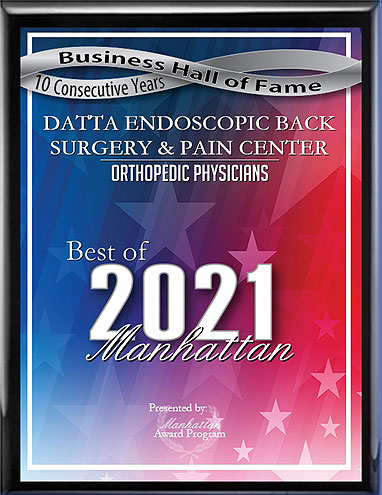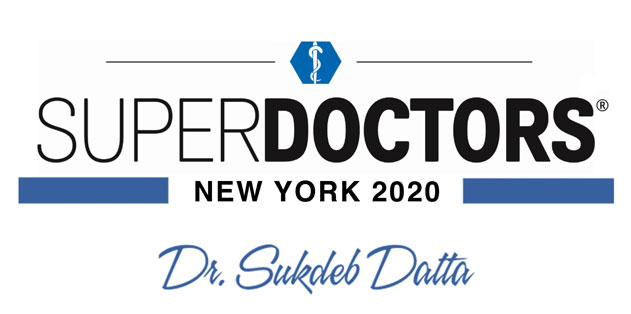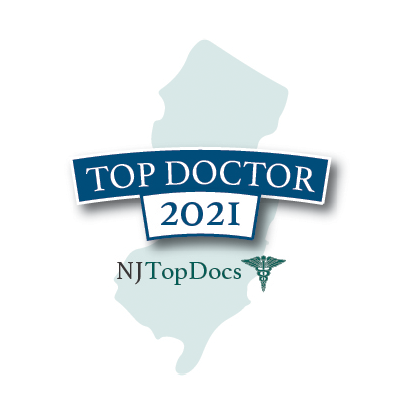Understanding Herniated Discs
Between each of the vertebrae in the spine is an intervertebral disc; these discs absorb shock from everyday activities. The intervertebral discs are composed of a gel-like nucleus pulposus, which forms the center, and a firmer annulus fibrosus, which forms the outer portion of the disc. A herniated disc occurs when the annulus fibrosus ruptures, allowing the nucleus pulposus to bulge out in one or more locations. In some cases, this does not cause symptoms; in others, the displaced material presses against the nerves, causing pain, muscle weakness, or numbness in the limbs or back.
Herniated discs are especially common as people enter middle age and the discs start to lose fluid. Some discs herniate due to simple aging, though they can also be caused by improper lifting, sports injuries, or accidents. Obesity, pregnancy, and advanced age raise the chance of a disc herniating.
Non-Surgical Options
The intervertebral discs are composed of cartilage, which receives very little blood. Because they receive few nutrients and are constantly under pressure, a herniated discs will not heal on its own. However, non-surgical treatments can be effective at alleviating symptoms by reducing inflammation and/or reducing the load borne by the discs. Options include:
- Rest, in moderation
- Non-steroidal anti-inflammatory drugs (NSAIDs)
- Epidural steroid injections
- Physical therapy
- Chiropractic treatment
Surgical Options
There are two main options when it comes to the surgical treatment of a herniated disc: traditional open back surgery, and laser back surgery. During open back surgery, surgeons use scalpels to access the spine and then manually remove the portion of the disc causing problems. During laser back surgery, the surgeon uses minimally invasive, endoscopic procedures to access the spine using only a small incision, and then uses a laser to dissolve a small portion of the herniated disc, causing the herniation to be reabsorbed. While both procedures are effective at alleviated herniated discs, they laser back surgery is a minimally invasive surgery while traditional back surgery is quite invasive. The two vary in:
- Downtime - laser back surgery patients generally experience about 1/4 of the downtime as compared to open back surgery patients
- Scarring - laser back surgery does not result in a large scar
- Need for spinal fusion - during open back surgery, surgeons must sometimes remove significant amounts of disc or bone, destabilizing the spine; spinal fusion must then be performed
- Risk of infection - because the wound is so much smaller, laser surgery carries a much lower risk of infection
- Risk of bleeding or clotting - open back surgery requires a large wound, which can result in unexpected bleeding; the extensive downtime just after the surgery can cause clotting in some patients
Healing from any procedure is faster and more comfortable when patients adhere to certain care instructions
before and after surgery. Back surgery patients should refrain from smoking, practice
good wound care, eat a healthy diet, walk frequently, and be
conscientious about physical therapy.
However, no surgery - no matter how minimally invasive - is without risks. In addition, some patients may not be candidates for any form of surgery because of pre-existing health issues; only a doctor can make this call. On the other hand, some patients who have been told that they are not a candidate for traditional herniated disc surgery may still be treated with laser surgery.
Only a physician can tell you what treatment is best for your herniated disc. To schedule a consultation today, please call the Datta Endoscopic Back Surgery and Pain Center at 212-420-0312.






 EDISCSCULPT
EDISCSCULPT



